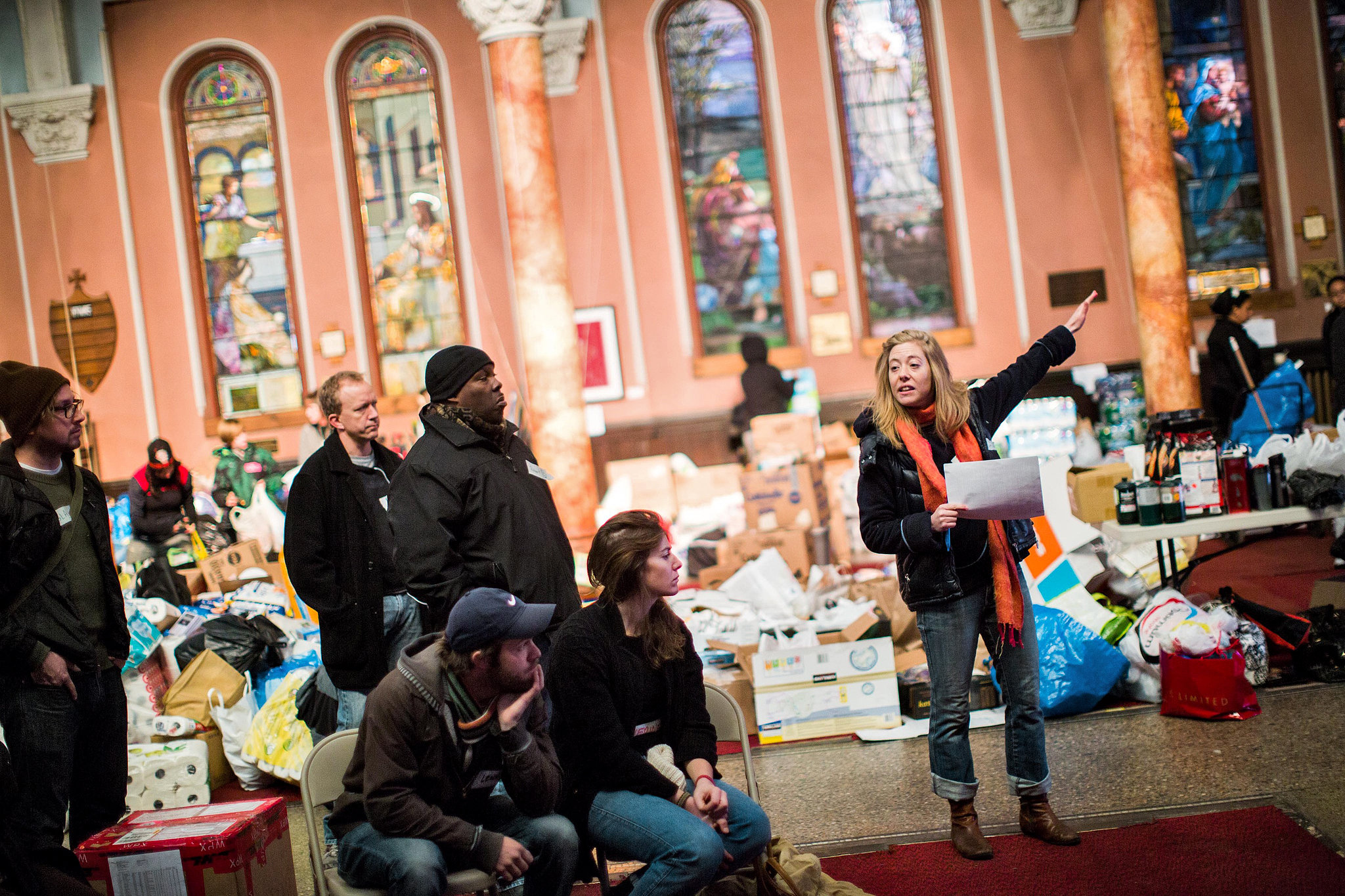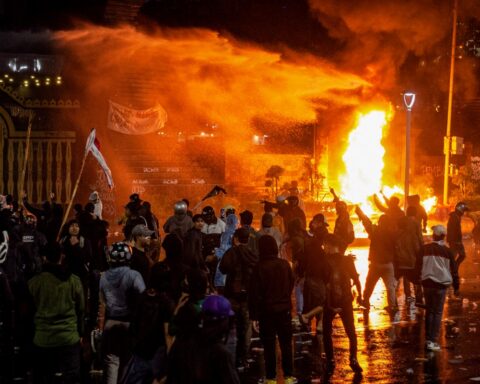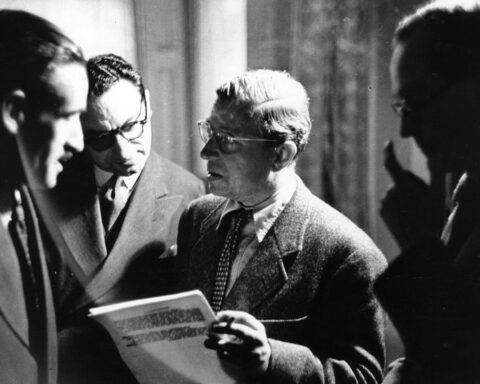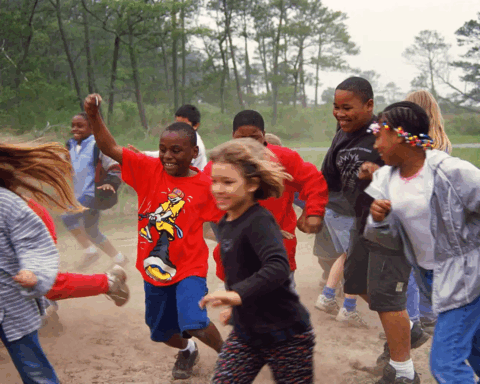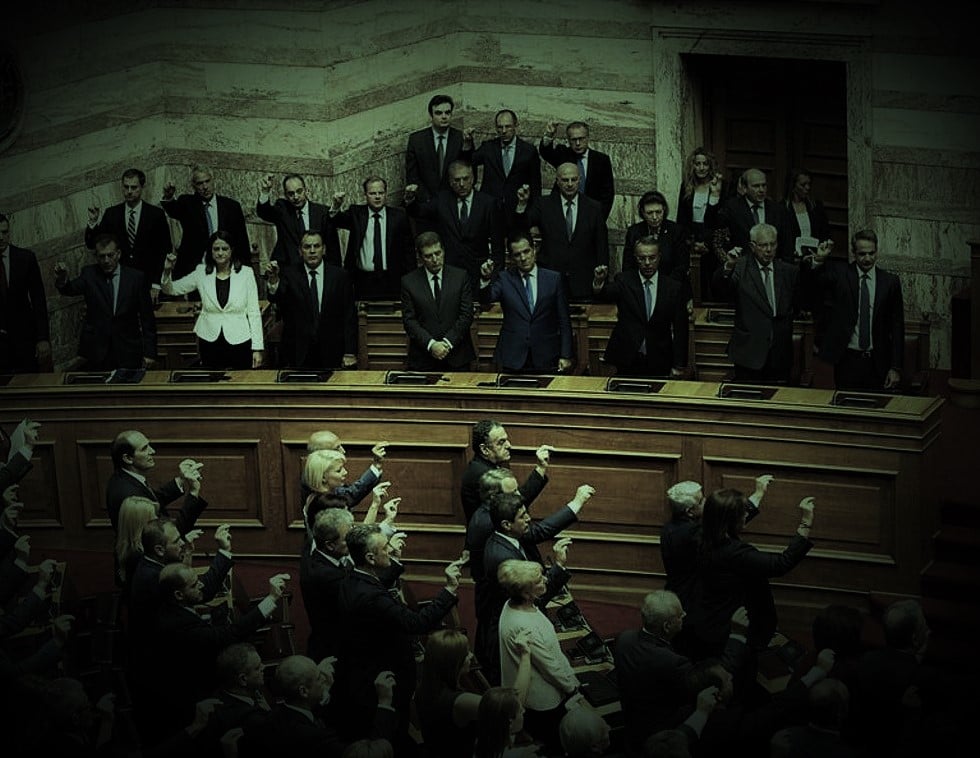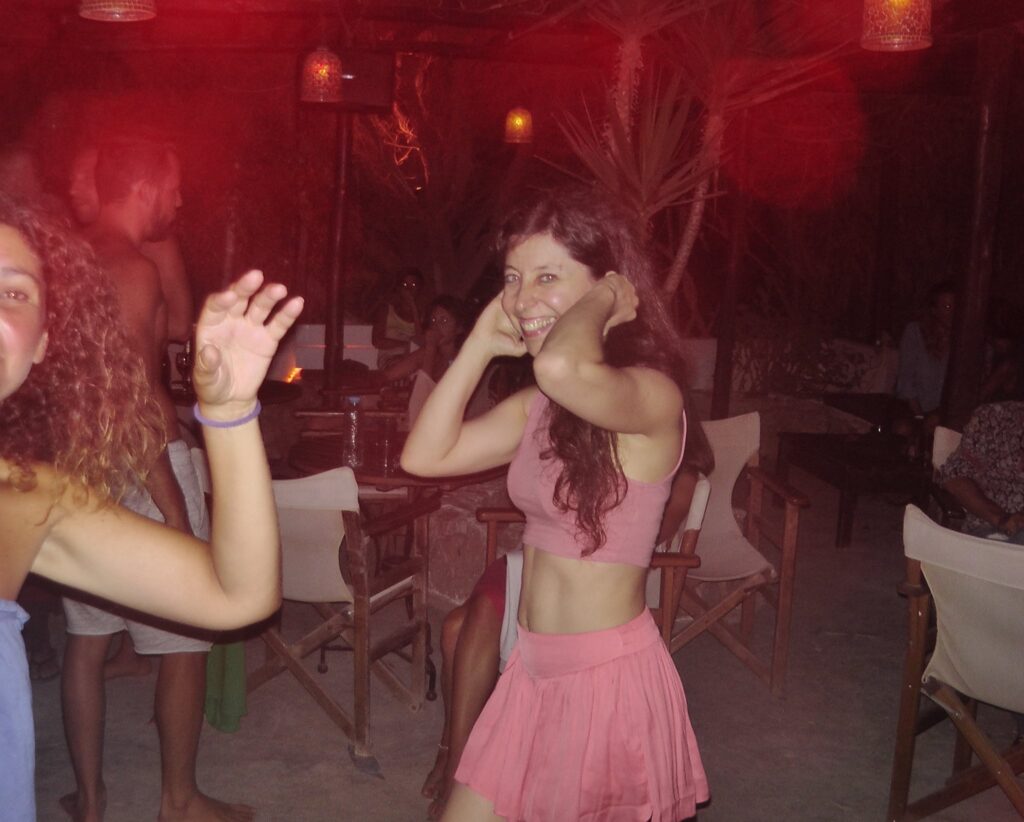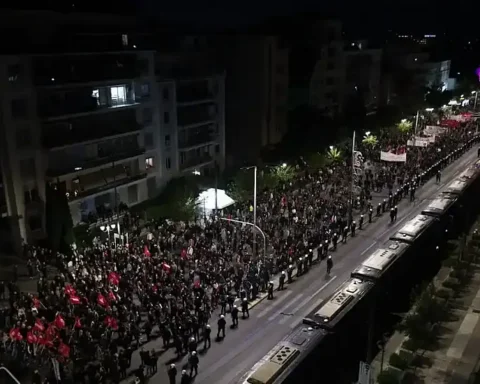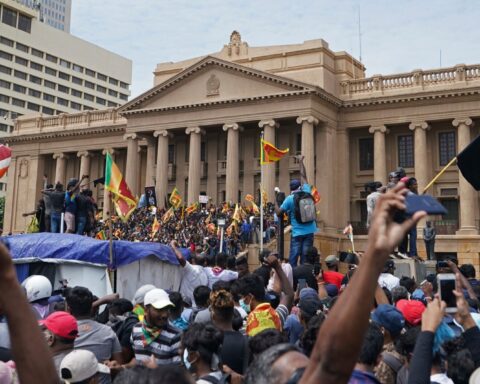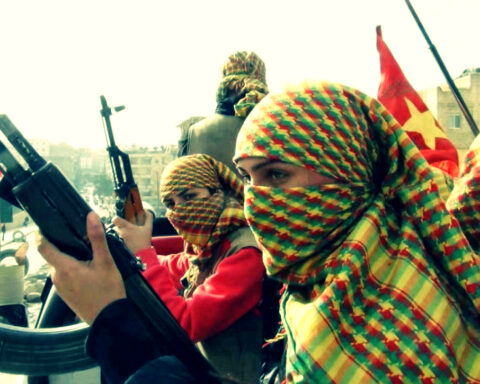The growth of autonomous disaster relief efforts, grassroots anarchist initiatives during the COVID-19 pandemic, and collective responses to climate change, both in the UK and in the US. Written by Rhiannon Firth, author of Disaster Anarchy: Mutual Aid and Radical Action, the article was published in two parts, in issues 21 (Spring) and 22 (Summer) 2023 of the anarchist street newspaper Dope Magazine.
PART 1:
Disasters and the Dispossessed: Securitization, moralisation and criminalisation
This year, my latest book was published by Pluto Press: Disaster Anarchy: Mutual Aid and Radical Action. It took me 7 years to write, and it’s a tome, so my hope in this article is to give a whistlestop summary in two instalments. Any interested readers can purchase the book at a discount from the publisher, and there is also an open access version available free online.[1]
Climate change means the frequency and intensity of extreme weather events is increasing, while increasing global interconnectedness and the destruction of ecosystems mean that pandemics are set to become an ongoing feature in the story of humanity. The decline and collapse of the oil economy, industrial civilisation and associated structures of governance take shape in neoliberalism and the decline of comprehensive welfare states and healthcare. We can no longer rely on our governments to support us – if we ever could anyway. This was never a surety for the most precarious, marginalised and mobile humans.
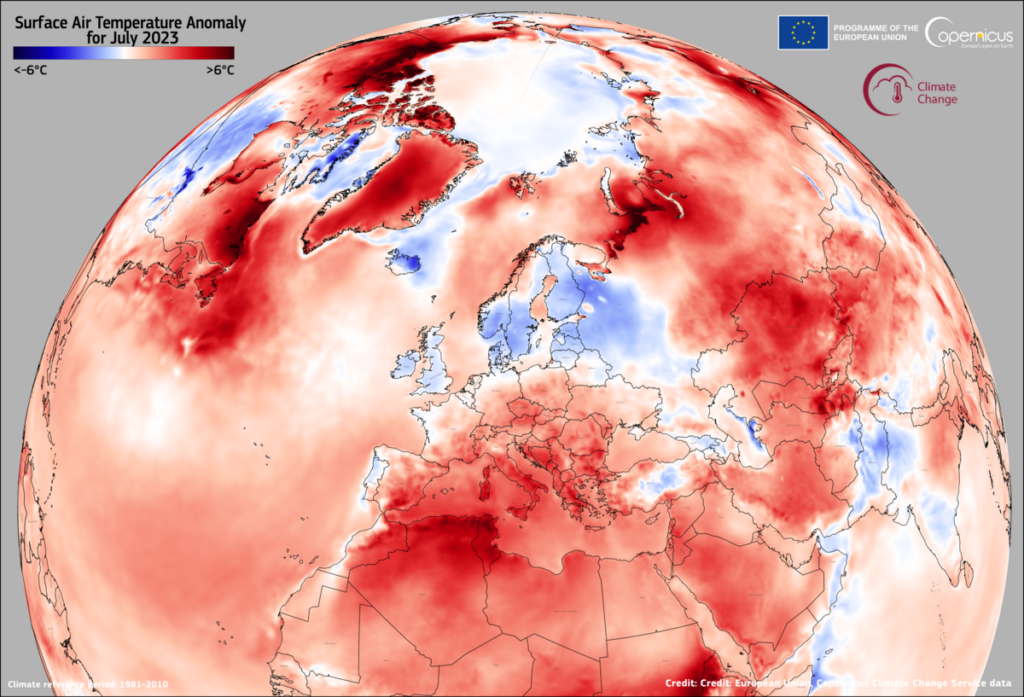
Climate change and pandemics unequally impact on the least well-off. Disasters have never been a wholly ‘natural’ phenomenon, since settlements built in the most risk-prone areas have tended to be populated by the poor, while the rich can afford to be more selective in where they build and live, to move more easily if needed, and to insure their livelihoods and lifestyles. Government policies & mainstream media discourse also unequally impact the least well-off. During the COVID-19 pandemic, lockdown was moralised in media and mainstream discourse through catchy slogans like ‘stay safe, stay home’, ignoring the fact that the homeless, and those subject to domestic abuse, don’t have ‘safe homes’ to go to. Disaster response is often securitised and militarised in racist ways, for example after Hurricane Katrina in the USA in 2005, Black communities were subject to the most repressive policing, while media repeated tropes of white people ‘finding’ food for their families with Black people portrayed as ‘looting’ in captions under photos of almost identical scenes (save for the colour of the protagonists’ skins).[2]
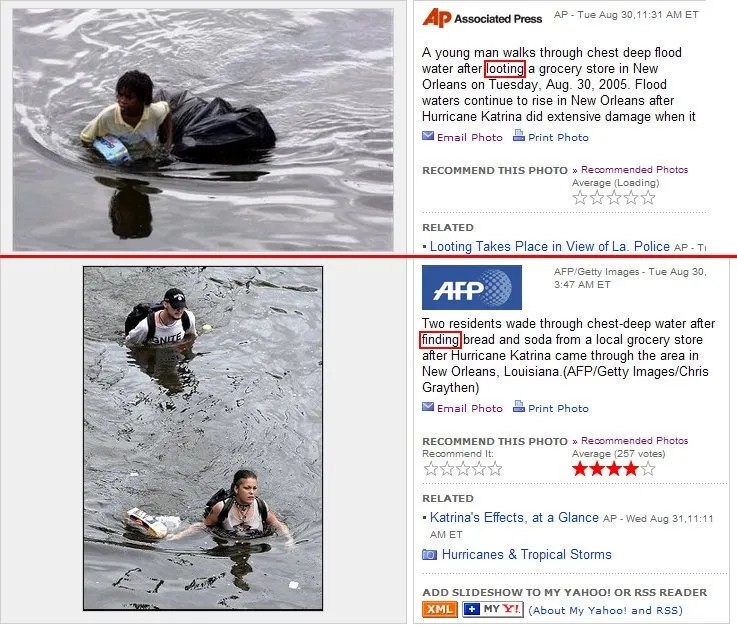
The story is not all doom and gloom. Decentralised, anarchist-inspired mutual-aid disaster relief efforts have arisen after nearly every major natural disaster in the United States since Katrina.Occupy Sandy grew out of Occupy Wall Street to mobilise relief for Hurricane Sandy in 2012, and was widely acknowledged to have organised relief more effectively than federal agencies or NGOs. There was Direct-Action Bike Squad, which organised a bike team to Puerto Rico to deliver supplies to the mountainous regions after Hurricane Maria in 2017. Several anarchist and autonomous groups arose in response to Hurricanes Florence and Michael in 2018, and in the same year several self-organised neighbourhood groups emerged and organised relief alongside leftist groups including Food Not Bombs and the Houston Anarchist Black Cross after Hurricane Harvey. In late 2017, activists involved in some of these groups set up the grassroots direct-action network Mutual Aid Disaster Relief, with a stable online presence, which provides training materials and workshops for activists and communities throughout the US on organizing disaster relief based on anarchist ethics and organizing principles. Anarchist-inspired, autonomous and non-hierarchical movements have also mobilised disaster relief efforts in other countries, for example the self-managed autonomous brigades in Mexico after 2017 earthquakes, a grassroots village solidarity network in Indonesia after the 2004 tsunamis, anarchist responses to Typhoon Yolanda in the Phillippines in 2013, and self-management and direct action against the militarization of disaster zones after earthquakes in Italy in 2012 and 2009. Decentralised mass movement for disaster relief is new to the UK, which has historically been spared from major ‘natural disasters’, but the nationwide visibility of ‘mutual aid’ in the wake of COVID-19 was unparalleled, and the term ‘mutual aid’ – originally an anarchist term popularised by Kropotkin – entered everyday parlance and mainstream media (it was even used in Conservative government reports).
This echoes back to the 1940s-50s, when the terminology ‘post-disaster utopia’ was used by conservatives to describe a period where people would put aside differences and ‘roll up their sleeves’ to selflessly help others during War efforts and disaster recovery. This ethos continues to the present day in the aftermath of hurricanes and pandemics, as governments laud community action to justify neoliberal rollback of welfare. During the Covid-19 crisis, we witnessed the irony of ‘mutual aid’ being mobilised by the neoliberal state in support of a rapid return to the capitalist ‘new normal’.
My book argues that despite these attempted co-optations, mutual aid and other disaster utopias prefigure values beyond the crises of capitalism. Disaster utopias problematise the orientation of utopia towards intention and the future. Nobody wishes for a disaster, yet they produce affects such as desire and hope for change, and facilitate (through necessity) the formation of grassroots infrastructures and technologies.
However, the government and others (particularly the moralising discourse of the social democratic left and the NGO-complex) try to co-opt and de-radicalise them. There is a whole discourse, originally academic, but seeping into mainstream media and frequently adopted by NGO professionals, of ‘social capital’. Social action, rather than being seen as somethingvaluable on its own terms, is re-cast as a form of ‘capital’ to be mobilised in the interest ofa return to the‘normality’, or the even more terrifying ‘new normal’ – of capitalism-as-usual. Social capital theory emphasizes how local-level participation is vital in building ‘resilience’ and that top-down processes fail in emergencies because not responsive and flexible enough. It soundsradical and progressive because it valorises the grassroots, but the grassroots is not valued on its own terms but in terms of the value it has for capitalism/capitalists (ultimately – profit). This discourse encourages NGOs and grassroots to absorb former state functions, with the expectation of co-operation with the state (e.g. funding with conditions attached). The role of state is technocratic; to impose cohesion.
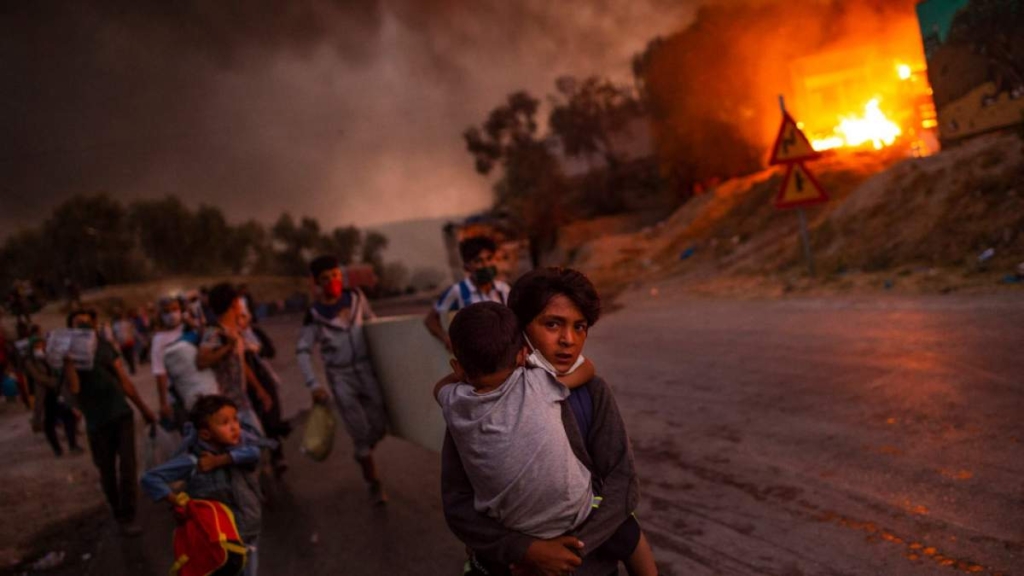
When society and the state are seen as complementary and mutually supporting, this means that only the sections of ‘civil society’ that are legible to the state and which it can capitalise upon and control are seen as ‘social capital’. Other social forces are a threat to be controlled, securitized and criminalized – through recuperation or repression. This often causes splits within movements – for example during COVID-19 there were calls from middle class and liberal-centrist participants ‘not to politicise mutual aid’, refusing to acknowledge their own politics, and the anarchist history of mutual aid.
Two concepts that feature heavily in my book are repression and co-optation. Repression refers to the action of subduing someone or something by force. Co-optation means subsuming outsiders into the elite/mainstream in order to manage opposition and maintain stability (synonymous with ‘recuperation’). In my book, thorough analysis of government policies after Occupy Sandy and COVID-19, I show how the co-optation and de-politicisation of mutual aid movements – into merely ‘helping’ movements that keep the wheels of capitalism rolling after a disaster – was purposeful. The political consensus that future pandemics will be dealt with through top-down restrictions and authoritarian measures rather than redistribution and community-based alternatives remains unchallenged. The economic projections are similarly dire: rising energy and living costs, resource wars, and millions dispossessed and excluded from the securities required for the ‘good life’.
Does this mean, therefore, that mutual aid movements are doomed to failure? I will explore this more in Part 2.
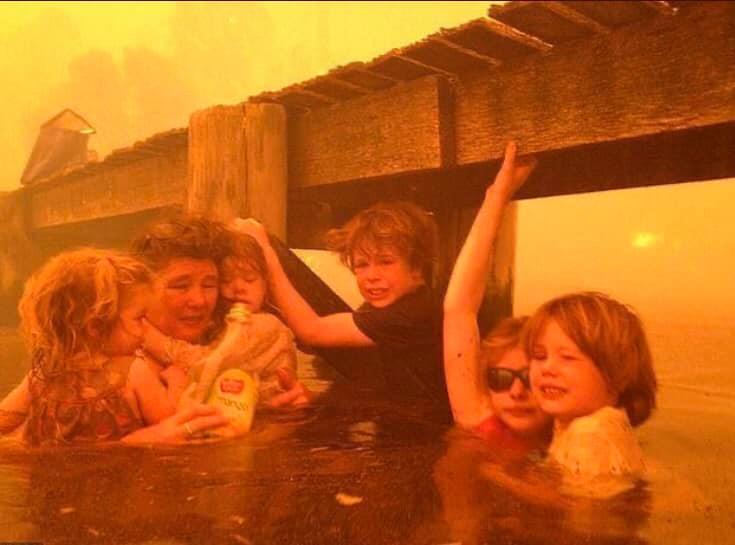
Part 2:
Disaster Anarchy
In the previous instalment (DOPE 21, Spring2023), I explored how disasters under capitalism have greater impact upon the poorest and most marginalised members of society. Risks and hazards not only impact unequally on precarious members of society, but they also magnify inequalities and dispossess more people. Anarchist forms of organising have typically played an important role in disaster relief, yet they are often either repressed or co-opted by state-centred approaches.Do anarchist approaches have anything to offer beyond merely state-friendly’social capital,mopping up the failures of the austere neoliberal state? In this instalment, I look at some assumptions underlying state-centred approaches, and how anarchist approaches can resist and transgressthese.
Mainstream disaster management paradigms, as well as many socialist and Marxist positions, believe the state has an essential role to play in managing and redistributing risk and resources. The main objection to the idea of mutual aid as an effective form of disaster relief is that humans in a state of anarchy cannot organise themselves effectively to deal with global issues like climate change, nor social issues like public health. This view has been put forward by political commentator George Monbiot, who has become emblematic of the environmental left, as well as Marxist academic David Harvey, and is a trope frequently repeated in left-wing and liberal media. This position led to near consensus with right-wing media during the Covid-19 pandemic that authoritarian measures like police-enforced lockdowns were the only way to deal with the pandemic, which were prioritised over community-based and resourcing measures (such as personal protective equipment;widespread, rapid, no-questions testing; community engagement and education; financial support for isolation).
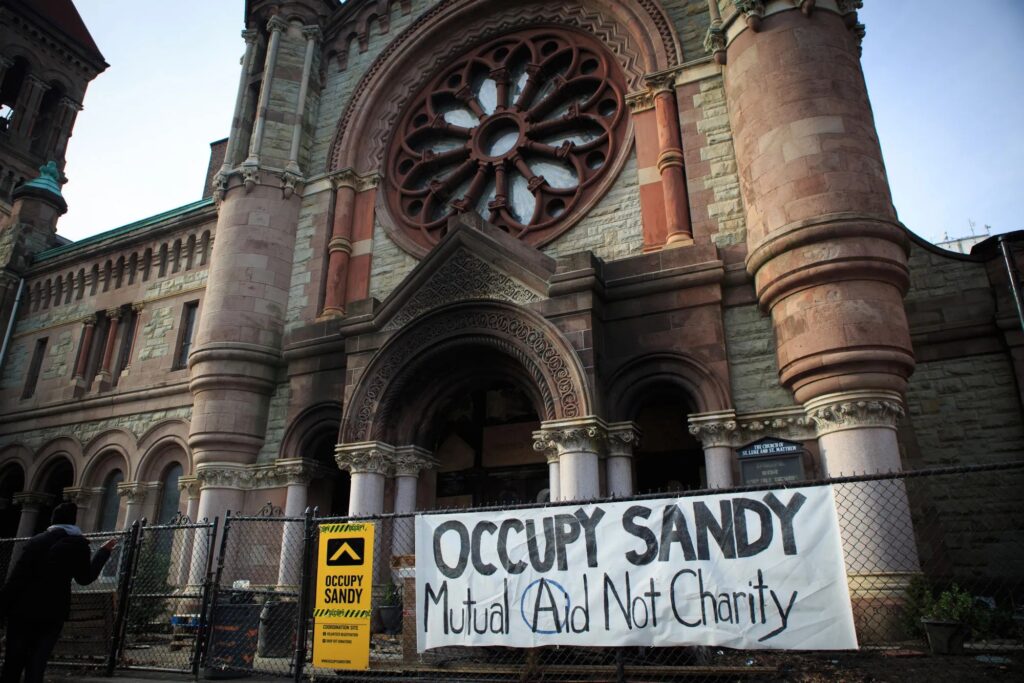
Anarchists disagree. Anarchist ideas and practices, such as prefiguration and mutual aid, show that downscaling and localisation are often effective responses to structural asymmetries. For example, mutual aid – the practice of helping one’s neighbours in a disaster, when systems of support provided by state and capitalism break down – does not aim to just put a sticking plaster over the gaps where the status quo fails, but rather to show that ‘another world is possible – a more caring society where people treat one another as equals, who are deserving of mutual aid. Charity assumes a giver and a taker, and a formalised organisation that regulates the relations between them. Mutual aid assumes that anyone can potentially be in need of help, but may also have much to give.
Mutual aid is a form of disaster response that starts from the experiences and impacts on humans and other living beings and the meaningful structures of life embedded in objects, habitats, and ecosystems, rather than focusing on keeping order by managing the effects on the state or economic system, treating humans as generic subjects. It starts from the position of each person/being. Rather than a top-down approach that creates roles people must fill, a bottom-up response would facilitate people to contribute and plug-in’ to a network based on their own talents, needs and desires. Rather than centralised efforts under a lead organisation, this approach would encourage multiple small groups, and a proliferation of projects with different emphases and methods – allowing some overlap and redundancy.
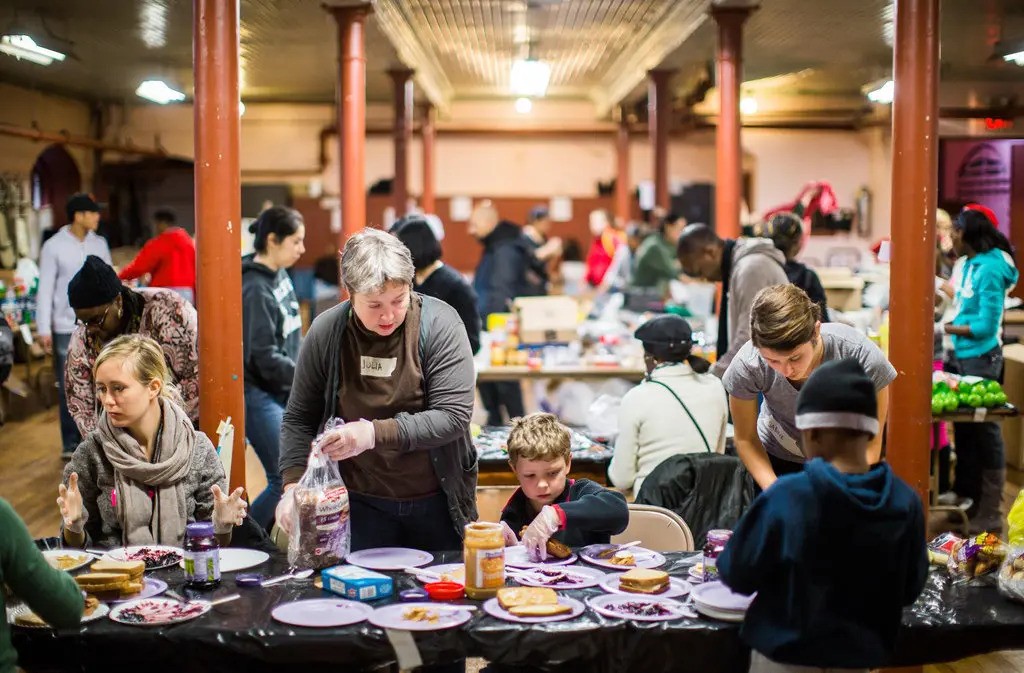
A truly mutual aid effort should avoid securitisation and moral panics around empathic and humanitarian approaches (e.g. don’t shame or arrest people breaking lockdown rules; or for failing to do their recycling). This does not preclude communities from instituting rules or protection measures but these should be democratic and decided by consensus, rather than imposed from the top down. Emphasis should be on resourcing, like medical equipment, community education and pedagogy, and support for people in need, rather than on order, securitisation, and criminalisation.
The form of organisation might be imagined as a proliferation of diverse small-scale alternatives- housing and worker co-operatives, community and permaculture gardens, localised food and energy production – engaging in various overlapping solidarities and mutual aid. This would require degrowth (a shift away from the relentless pursuit of economic growth and consumer accumulation) and, therefore, a wholesale change in societal values – escaping the ‘rat race of production and consumption.
Anarchism reimagines the temporality and scale of radical social change. There is an emphasis on the small scale, on degrowth and social recomposition, on a society bubbling with transgressive life through overlapping societies, groups, and organisations whose affinities and relations are immeasurable and un-mappable. Social change is both immanent and prefigurative, and does not require scaling-up through unity or a vanguard in order to be extended or politicised; such vanguardism tends to defer lived anarchy to the future. Transgression and insurrection are already a part of everyday life and are observable everywhere when everyday life is examined using an anarchist epistemology.
People like Monbiot and Harvey argue that the problem with anarchism is that it can’t be scaled-up to provide an effective response to large-scale ‘wicked’ problems like pandemics, climate change, and capitalist extractivism; however, degrowth and re-scaling is often an effective response. The powerful only accept solutions that leave their own position untouched, which effectively prevents degrowth: the state seeks to capitalise on all social relations. The anarchist reversal of perspective views humans’ greatest enemy as the state – a particular way of relating – rather than as other human beings in themselves. Mutual aid is therefore always vulnerable to co-optation by controlling ways of being.
In my research, observation and interviews with Occupy Sandy, New York, and groups organising mutual aid during Covid-19 in London, I found that having a shared space, such as a squat, occupation or a social centre, was associated with groups who managed to ward off state power. Radical interviewees tended to favour accounts of mutual aid as a form of direct action that prefigures a stateless society and as raising awareness of structural conditions.Some argued that this meant that the helping aspects of mutual aid (social reproduction) should be linked to more radical actions, such as occupations, eviction resistance, community self-defence, protests, and being explicit and vocal about radical politics.
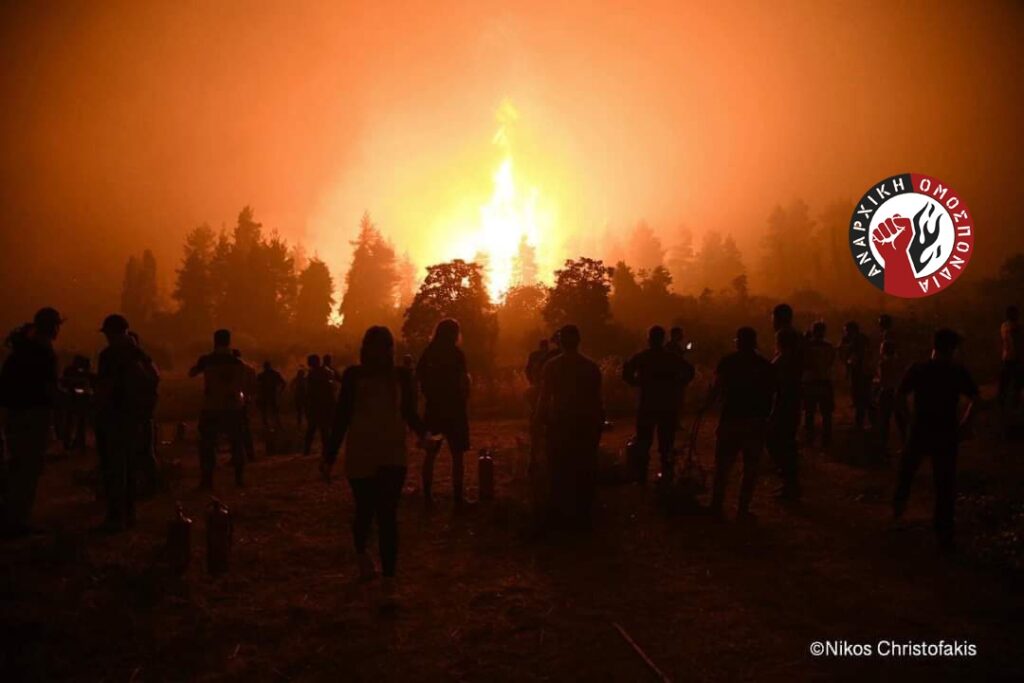
It is important not to underplay the very real divisions in movements between these more radical perspectives and those who wished to keep ‘politics separate from mutual aid, nor to suggest these are two mutually exclusive camps. In the book I argue that the (liberal) discourse of ‘apolitical’ mutual aid is not possible. Seemingly ‘apolitical perspectives serve to reinforce the status quo and co-opt mutual aid into securitised and co-opted versions with their racialised constitutive exclusions. For example, some Covid-19’mutual aid’ groups became more like neighbourhood watch groups, with an interviewee giving the example of having to talk a liberal group member out of calling the police on a group of young Black men for breaking lockdown rules.
Nevertheless, this urge to keep mutual aid radical is complicated by the fact that marginalised communities may already partake in their own forms of mutual aid, even if they don’t call it that, nor call themselves anarchists. In such cases, the perceived fetishizing of political slogans or words, or of”politics’ as sectarian identities, can seem colonising and alienating, and get in the way of mutual aid. Even where explicit politics is avoided, mutual aid may have political effects through social recomposition, creating infrastructures, through prefiguring a more equal and stateless society and gift economies, through structural critique and consciousness-raising, and through direct action.
[1]Available from the publisher with 30% discount using code: FIRTH30 at https://www.plutobooks.com/9780745340463/disaster-anarchy/ Also available for free, open access at: https://library.oapen.org/handle/20.500.12657/57974
[2]https://www.snopes.com/fact-check/hurricane-katrina-looters/
